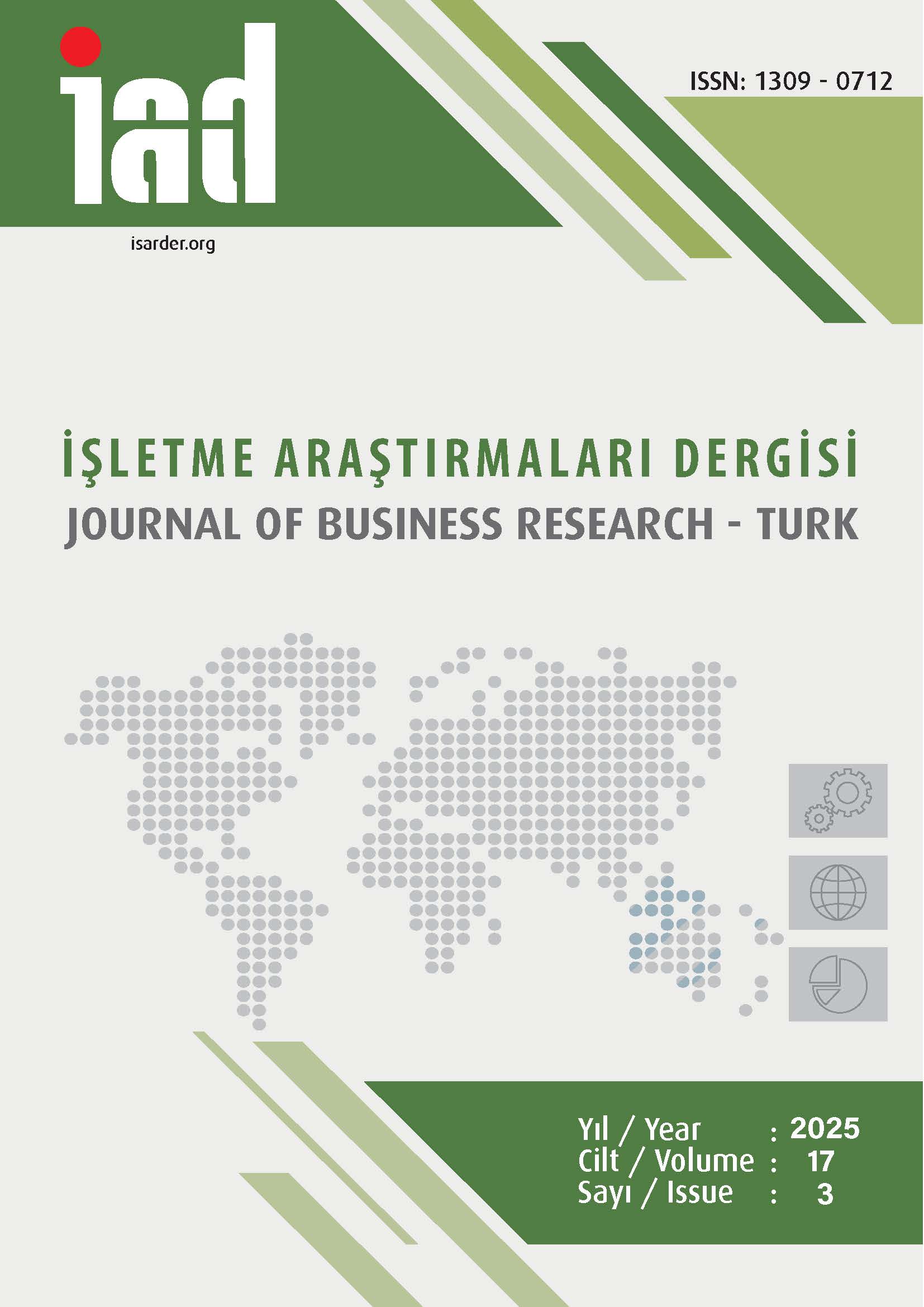Monetary Policy and Bank Profitability in Türkiye: Evidence from the Fourier Approach
DOI:
https://doi.org/10.20491/isarder.2025.2106Keywords:
Financial Markets, Macroeconomics, Monetary Policy, BanksAbstract
Purpose – The purpose of this study is to analyze the impact of the monetary policies implemented in Turkey after the global crisis in 2008 on the profitability of the Turkish banking system.
Design/methodology/approach – Monthly data for the period 2011-2024 are analyzed with the data of 53 banks operating in Turkey, including foreign capital, public capital and private capital. Fourier ARDL (FARDL) test method was used in the study. Short and long-run relationships were estimated with FARDL.
Results – There is a negative relationship between the variables representing monetary policy implementations (weighted average cost of funding and broad money supply) and bank profitability. When interest rates and money supply increase, profitability in the banking sector decreases.
Discussion – The long-run coefficients indicate that the CBRT funding cost (AOFM), money supply (M3), deposit/asset ratio (M) and non-performing loan ratio (A) variables have significant and negative effects on bank profitability (ROA). On the other hand, capital adequacy (S) and inflation (TUFE) variables have significant and positive effects on bank profitability. Industrial production index (SUE) does not have a statistically significant effect in the long run. According to the findings of the error correction model (ECM), the long-run equilibrium is approached in every short run and the model is cointegrated and stable. The CBRT's interest rate policies directly affect banks' loan margins and thus their profitability. In the long run, high funding costs have a negative impact on banks' sustainable profitability. In this context, interest rate volatility should be reduced by ensuring market stability and long-term financing instruments should be encouraged. Expansions in the money supply have a negative impact on bank profitability both in the short and long run. Therefore, channeling the abundance of liquidity to productive areas, limiting low-productivity loans and more effective portfolio management are important for ensuring profitability.
Downloads
Published
How to Cite
Issue
Section
License

This work is licensed under a Creative Commons Attribution-NoDerivatives 4.0 International License.





